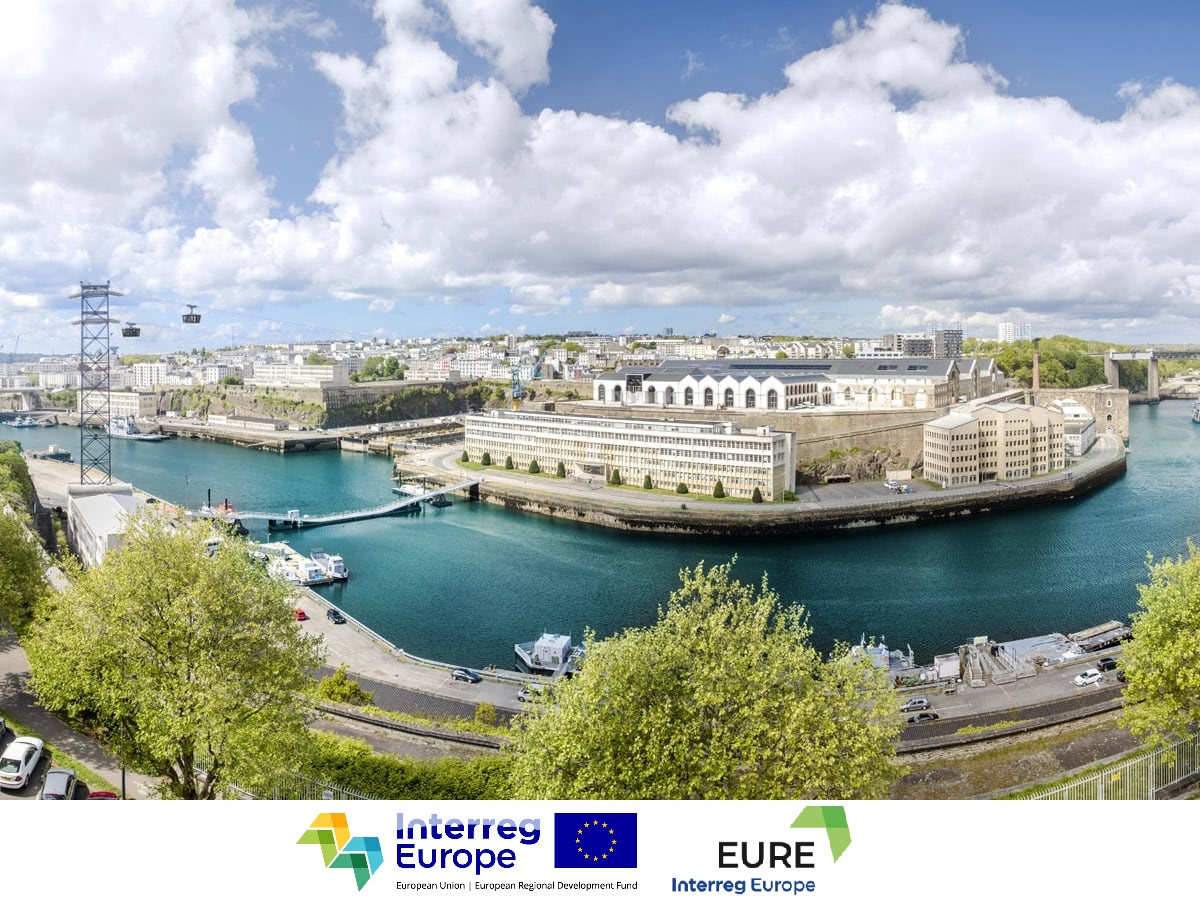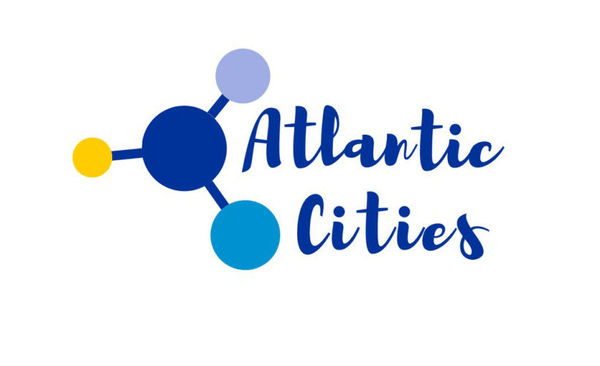
City
Brest
Main actors
City Government, Supranational / Intergovernmental Institutions
Project area
Neighborhood or district
Duration
2009 - 2020
The Urban renewal of an industrial heritage site.
Brest is the second largest city in Brittany with a population of 400,000. Its innovative eco-district, the Capucins, is built around sustainable urban development practices.
The eco-district has a total surface area of 16 hectares, including 25,000 m² of offices, shops and services, a multimedia library, a multiplex cinema, a national street arts centre, an interpretation centre and trail, the Cinémathèque de Bretagne and Cité Internationale, as well as 560 housing units. The selection of materials, the architectural design and the programmatic choices reflect a commitment to reduce the ecological footprint.
The Capucins eco-district project offers the citizens of Brest Metropole a unique experience by recreating links to its heritage and offering a new relationship with the natural space.
The project was selected by Atlantic Cities as a case study for the EURE (Effectiveness of Environmental Urban policies to improve Resources Efficiency) project the association is involved in.
The EURE European project is funded under the European Regional Development Fund of the European Union, via the Interreg Europe programme. It proposes the exchange of experiences as a way to improve the environmental performance management of EU urban spaces including the urban areas with a low population density.
External links / documents
On Map
The Map will be displayed after accepting cookie policy
